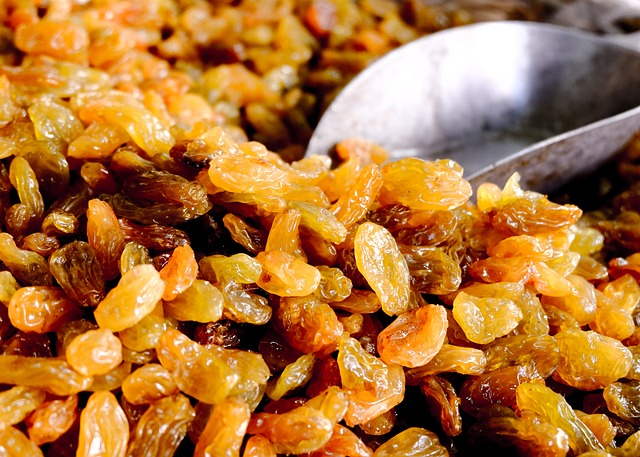
Diabetes is known as one of the most fastest growing diseases today in our world. Each day a new set of people is diagnosed. Whether you have a recent diagnosis, if you’re already dealing with it or if you fear that you may have it, this article may help you manage your illness by making lifestyle changes to prevent it from worsening.
Look at the glycemic index on the labels of the foods you buy. This is an indicator of how this food will affect sugar levels. The lower the glycemic index, the better it is for you to eat!
Add some almonds to your diet to keep your cravings low and not have an effect on your blood sugar level. Unsalted almonds are full of fiber, protein, and other nutrients, which are extremely healthy for you to ingest. Keep a container or bowl of almonds handy by the television or computer so you have a handy snack whenever you need it.
It is tough to be told that your child has diabetes, but there is so much you can do to make it easier for them. Your child can still live a normal life since diabetes treatments have come a long way. The oldest living diabetic is 90, and he was born before many of the treatments we have now.
Walnuts can make a nutritious and tasty addition to a salad. Walnuts are full of monosaturated fats. This makes your cells become more receptive to the insulin. In addition to this, you’ll find important nutrients like omega-3 acids and antioxidants in them. Snacking on some tasty walnuts can even give you energy!

Sodas, ketchup and many other processed sweet foods contain high fructose corn syrup, so read the labels on everything you are considering buying at the market, and pass on it if it contains this ingredient. Watch out for “glucose/fructose” too; this is the Canadian term for the same ingredient.
Be sure to follow a diet that is high in fiber to reduce the chances of developing diabetes. Whole grains are low-GI foods, which reduces your risk of diabetes, while white foods are generally high-GI, which increases your risk. Research has shown that people who eat more whole grain foods have a reduced risk of developing diabetes.
If you are hypoglycemic, you should always have gum or some other type of sugary food handy. Hypoglycemic attacks can happen at any time, and it is vital that you be prepared in the case of one. Your body especially craves sugar in the morning, making breakfast a very important meal.
Blood Sugar
Learn to identify foods that have high glycemic indices and that can cause your blood sugar to spike. Avoid carbohydrates with elevated glycemic indexes like bread, cereal and pasta. Processed foods send your blood sugar on a roller coaster. Rather than consuming these terrible foods, eat fish, meat, fruits, and vegetables.
Being faced with the diagnosis of diabetes is not an end to life as you know it. Using the advice in this article, you can start recovering and being one of those who has conquered diabetes.
